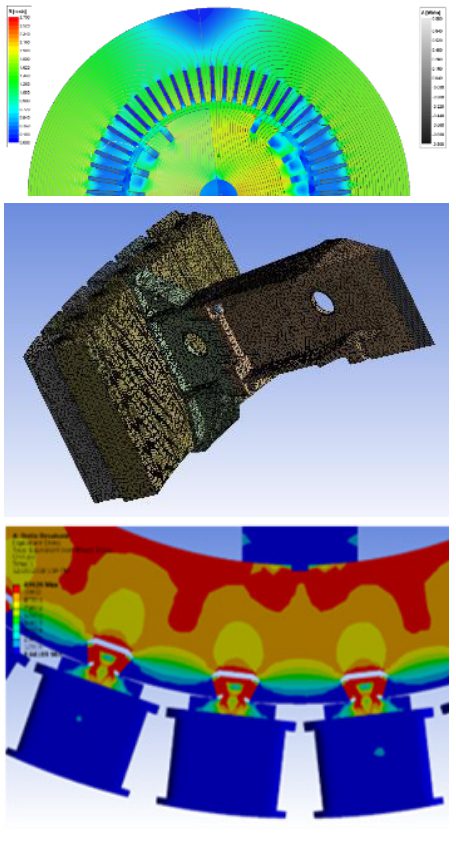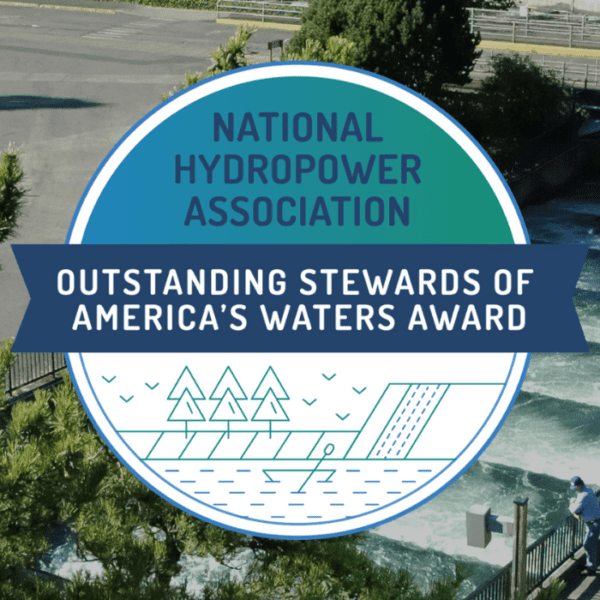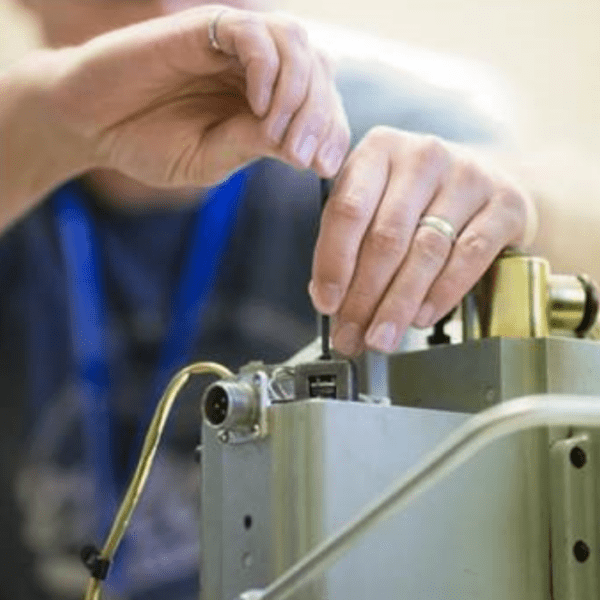Sponsored Content
With increased intermittent renewable penetration, the number of hydro units moving from base load into flexible operation increases every year. This new operation mode requires frequent starts/stops and load changes and brings new mechanical challenges for these units with impact to reliability and cost of generation. Black & Veatch has the expertise to evaluate potential risks and propose solutions to protect or maintain Owner’s equipment operating in this new regime with a focus on avoiding future forced outages.
Rotor
Rotor parts are highly impacted by low cycle fatigue, including the rotor spider, rim, poles, field winding, and brake system.
The field winding presents the most common failure mode due to thermal expansion. This coupled with rotor rim growth from centrifugal force leads to fatigue cracking of the connections. A site assessment and fatigue analysis can provide a detailed design evaluation that will help identify and prevent such failure.
Poles fixed into the rotor rim are susceptible to cracks from significant stresses imposed during cyclic operation. An experienced engineer can perform an FEA that would evaluate the risk of catastrophic failure due to crack expansion.
Designs prior to the 1960’s may have the rotor rim integrally cast with the spider sometimes even with the pole bodies included – and are subject to high hoop tensile force on its structure due to centrifugal forces.
Starts and stops also impact the brake system – jacks, braking pads, and brake rings – with cracking in rotor brake rings and wear and tear of the braking pads. Most hydro units were originally designed for one stop every several months or even once a year. Flexible operation sometimes requires the brake system to be used several times each day. This greatly increases the wear and reduces the useful life of the brake systems.
On top of starts and stops, load changes and partial load increase vibrations that impact the bearings and cause fatigue and wear of all rotor components.
Stator
Stator components are also affected by starts/stops. Although the specific effects may be less obvious, they are primarily affected by temperature change during cyclic operation.
On cores with splits, temperature changes from cold to hot with each cycle can cause shifting of the core sections. Displacement can occur at the core split at the bottom of the slot, bringing severe stress to the coil in this slot. Depending on the core fixation into the frame, waviness and buckling may also occur.
The most common failure mode on this component is the stator winding main insulation damage leading into ground short. After several thermal cycles, the stator winding may present internal delamination, creating voids and increasing partial discharges that reduces the component service life. A dedicated Inner Corona Protection (ICP) can prevent this failure mode.
Core hot spots at splits require special attention and should be tested with a core loop test at full induction levels. An EL-CID test should also be considered to detect shorted core laminations.
Recent studies show that stator windings have a potential service life reduction from 5 up to 10 service hours for every new starting cycle.
Black and Veatch Can Help
 Flexible operation brings challenges Black & Veatch understands. With the proper assessment and evaluation of OEM drawings and documents, failure modes can be detected in the inception phase leading to optimal solutions that reduce the risk for forced outages.
Flexible operation brings challenges Black & Veatch understands. With the proper assessment and evaluation of OEM drawings and documents, failure modes can be detected in the inception phase leading to optimal solutions that reduce the risk for forced outages.
Using electromagnetic and mechanical FEA (Ansys), proprietary analytical tools, and high level expertise from OEMs, Black & Veatch can provide specific components analysis with focus on reducing service life impact due to special operation conditions.
The main goal when evaluating components under flexible operation mode is to identify risks by means of FEA, fatigue assessment, vibration investigations, rotor dynamics and fitness for-service analysis. Black & Veatch is able to analyze the effected components and determine how the potential failure mode – cracks or other indications – impacts the safety margin against short-term fracture and long-term fatigue.
Even when additional capacity is available for the unit’s uprate, flexible operation mode brings additional challenges into this scenario. Common questions before the uprate approach are: “What is the maximum power that can be extracted from the available water flow?” and “What must be done with the powertrain and balance of
plant to achieve this maximum power under flexible operation mode?” Black & Veatch can make a complete analysis of the generator, shaft, excitation system, generator mechanical and electrical components, step-up transformer, power bus, cooling system, stator harmonics, and rotor dynamics in order to validate the uprate study within this special operation condition.
To find out more about Black & Veatch’s experience on flexible operation conditions visit: www.bv.com/hydro











